Introduction: The World’s Largest Van Gogh Collection Comes to Japan
The world’s largest Van Gogh collection from the Van Gogh Museum in the Netherlands is coming to Japan. This exhibition brings together not only masterpieces known to everyone, but also Van Gogh’s handwritten letters and the painting collection gathered by the brothers—precious materials assembled in one place.
What emerges from these works is not just the story of a single genius painter. Embedded within them is a tale of deep love and devotion from a family who believed in Van Gogh’s talent and supported him throughout his life.
Vincent van Gogh passed away at the young age of 37 without achieving success as a painter. However, the fact that his works are now beloved by people around the world and celebrated as masterpieces shining brilliantly in art history is due to the extraordinary efforts of his family.
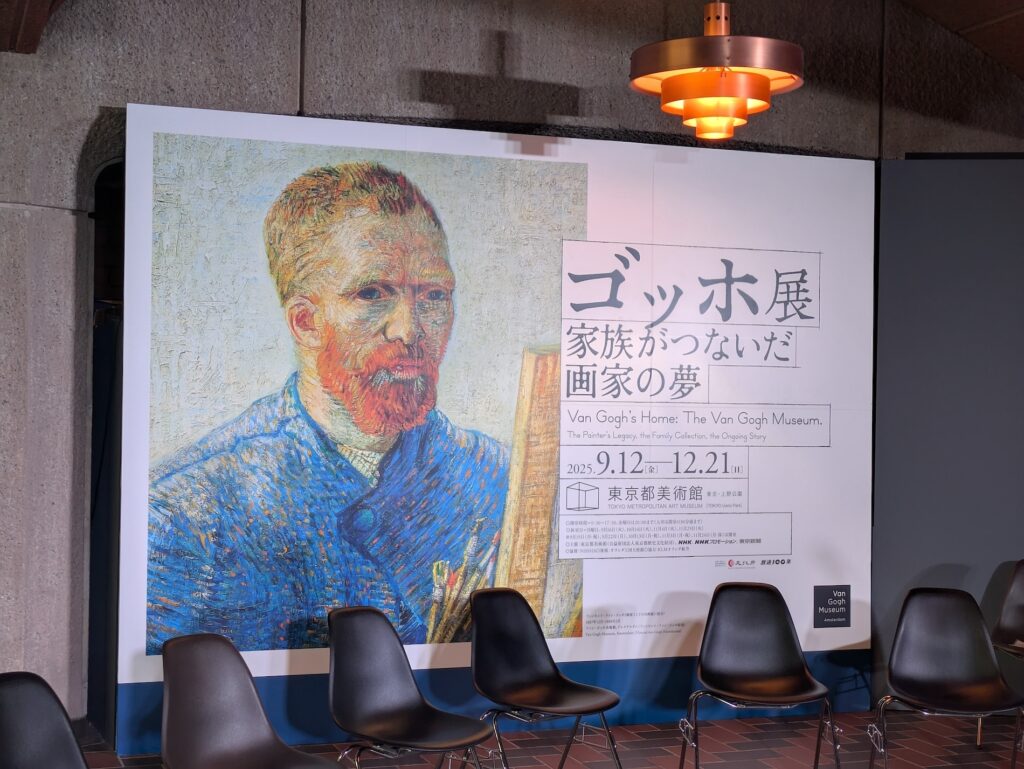
Theo: The Irreplaceable Supporter Who Never Stopped Believing in His Brother’s Talent
As an Art Dealer, As a Brother
Van Gogh began pursuing painting at age 27. With this late start and having learned to paint on his own, Van Gogh’s works were not understood by the art establishment of the time. The one who consistently supported his brother through both financial and emotional difficulties was his younger brother Theodorus van Gogh, known as Theo.
Working as an art dealer at Goupil & Cie gallery in Paris, Theo continued to send his brother living expenses every month. This went far beyond mere financial support. Theo truly believed in his brother’s talent, sending him art supplies necessary for painting and writing letters that provided emotional support.
Over 900 Letters of Correspondence
More than 900 letters were exchanged between the two brothers. These letters contain Van Gogh’s artistic views, daily life, and words of deep gratitude to his brother. Particularly striking are Van Gogh’s words to Theo: “Without you, I would not have been able to paint.”
Theo, too, was convinced of his brother’s value even in an era when his work was not understood. He stored his brother’s paintings, occasionally attempted to exhibit them in his own gallery, and introduced them to fellow artists, striving to share his brother’s talent with the world.
Walking Together Through Hardship
Van Gogh’s life was far from smooth sailing. Mental instability, financial hardship, and lack of understanding from those around him. Yet Theo always stood by his brother’s side. When Van Gogh cut off his ear in Arles, when he was hospitalized at the asylum in Saint-Rémy, and when he spent his final days in Auvers-sur-Oise, Theo never abandoned his brother.
In July 1890, when Van Gogh died at age 37, Theo was plunged into deep grief. And just six months after his brother’s death, Theo himself passed away at the young age of 33.

Theo’s Wife Jo: The Woman Who Connected Van Gogh’s Legacy to the Future
The Unsung Heroine
While the story of the Van Gogh brothers is widely known, there is another person who must not be forgotten. That is Theo’s wife, Johanna Bonger, known as Jo.
Jo and Theo married in 1889. Their married life lasted only about a year and a half, but during that brief period, Jo had exchanges with Van Gogh as his sister-in-law. Van Gogh also held affection for Jo and painted beautiful flower paintings for her.
The Mission Carried by a Widow
When her husband Theo died in 1891, Jo was 29 years old. She became a widow, left with an 8-month-old son, Vincent Willem (who inherited his uncle’s name).
After her husband’s death, Jo was left with a vast number of Van Gogh’s works. Not only completed paintings, but also drawings, watercolors, and over 900 letters of correspondence between the brothers. At the time, these works had almost no market value. Many people advised her to dispose of them as “worthless relics,” but Jo was different.
A Life Dedicated to Protecting Works and Spreading Their Value
Jo understood the passion for art that her husband and brother-in-law had cherished. She resolved not to sell Van Gogh’s works for living expenses, but rather to spread their value to the world.
First, Jo carefully organized and began editing the brothers’ correspondence. This collection of letters became invaluable material for understanding Van Gogh’s artistic views and life philosophy. The letter collection edited by her was later translated into multiple languages and became foundational research material for Van Gogh studies worldwide.
Furthermore, Jo reached out to museums and galleries everywhere, organizing exhibitions of Van Gogh’s works. In the early 20th century, interest in Post-Impressionism was growing in Europe. Jo seized this momentum and actively promoted Van Gogh’s works.
Strategic Work Management
Interestingly, Jo did not release all the works to the market at once. She managed the works carefully and strategically. By carefully selecting high-quality works for exhibition and selling them to museums and devoted collectors, she gradually elevated Van Gogh’s reputation.
This careful approach proved successful. From the early 20th century onward, Van Gogh’s works rapidly gained appreciation and prices rose. By around 1925 when Jo passed away, Van Gogh was already widely recognized as a master of modern art.
Son Willem: Toward the Establishment of the Van Gogh Museum
The Third Generation Carrying On the Legacy
Jo’s son, Vincent Willem van Gogh, like his mother, continued to protect his uncle’s works. Having achieved success as an engineer, he carefully preserved the Van Gogh collection inherited from his mother and further enhanced its value.
Donation to the Nation and Birth of the Van Gogh Museum
In the 1960s, Willem made a momentous decision. He decided to donate the vast Van Gogh collection he privately owned to the Dutch government. However, this came with a condition: a dedicated museum must be built to permanently preserve and exhibit the collection.
This decision led to the opening of the Van Gogh Museum in Amsterdam in 1973. Currently, this museum houses over 200 of Van Gogh’s oil paintings, over 500 drawings, and over 700 letters. This museum, boasting the world’s largest Van Gogh collection, has become a world-class cultural institution with more than 2 million visitors annually.
Key Points to See at This Exhibition
The Brotherly Bond Revealed Through Handwritten Letters
This exhibition will display handwritten letters from Van Gogh to Theo. These letters contain his passion for painting, daily struggles, and deep gratitude to his brother.
Of particular interest are the parts where Van Gogh explains his own works. What feelings led him to choose certain colors, what techniques he attempted. Learning the behind-the-scenes of creation told in the painter’s own words should greatly change how you view the works.
The Painting Collection Gathered by the Brothers
Van Gogh and Theo were both passionate art enthusiasts. The painting collection they gathered together includes works by avant-garde painters of the time. By viewing these works, you can understand what artistic influences Van Gogh received and the historical context.
The Evolution of Works Through Time
The exhibition displays Van Gogh’s works chronologically from his early period to his final years. This is a precious opportunity to experience in one place the progression from works with dark tones from his Dutch period, to brighter colors after encountering Impressionism in Paris, and then evolving into vivid color expression in Arles.
The Miracle of Art Born from Family Love
Van Gogh’s story is not the story of a single genius painter. It is a story of the power of belief, the nobility of support, and the miracle born from family love.
It is said that Van Gogh sold only a few paintings during his lifetime. If Theo had not continued to support his brother, if Jo had not made efforts to protect and spread the works, if Willem had not donated the collection to the nation, we might not be able to see Van Gogh’s works today.
Theo believed in his brother’s talent. Jo understood the passion of her husband and brother-in-law. Willem carried on the family’s will. Three generations of family devotion connected one painter’s dream to the present.
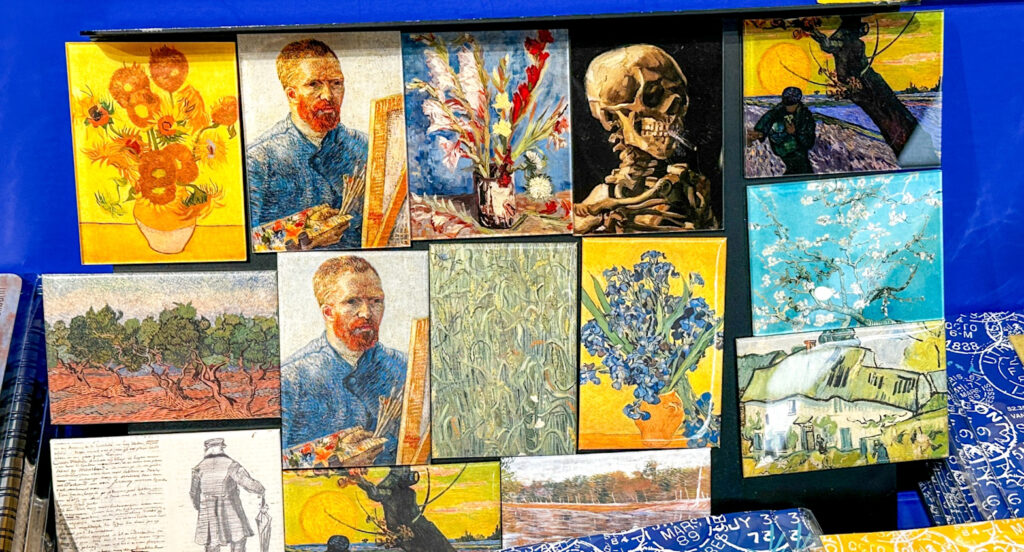
Conclusion: What We Hope You’ll Feel Through the Exhibition
At this exhibition, please contemplate not only the works but also the family story behind them.
In each painting is embedded not only the passion of the painter who created it, but also the love of the brother who believed in it, the determination of the sister-in-law who protected it, and the mission of the nephew who connected it to the future.
Vibrant sunflowers, swirling starry skies, the yellow house. The fact that these masterpieces are before our eyes now is by no means taken for granted. They are the crystallization of love and faith protected by a family across three generations.
Take this opportunity to visit while the world’s largest Van Gogh collection can be seen in Japan. There, you should be able to feel not only the wonder of art but also the beauty of human bonds.
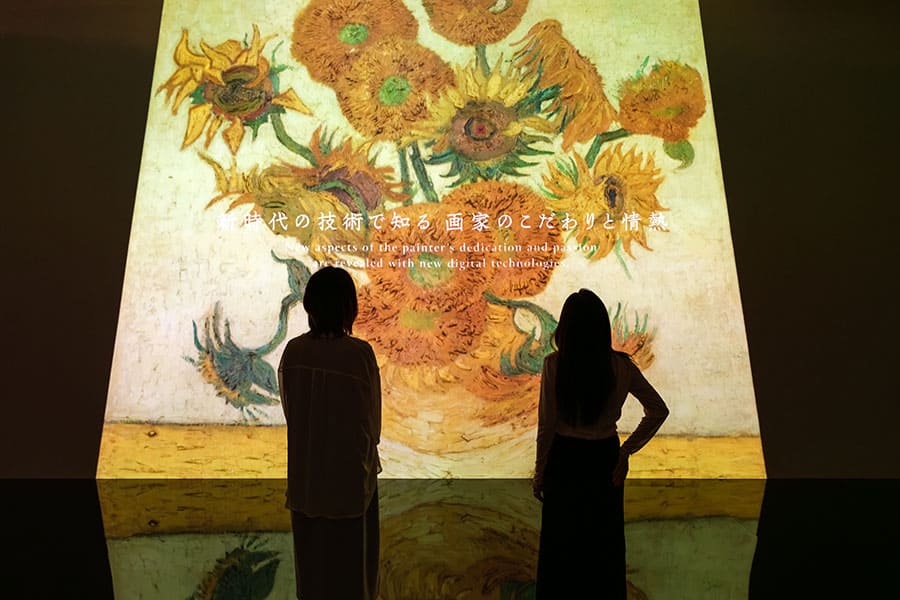
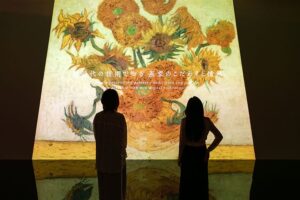
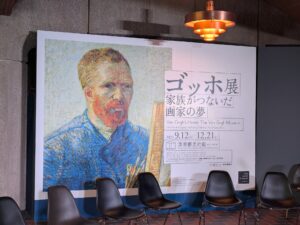

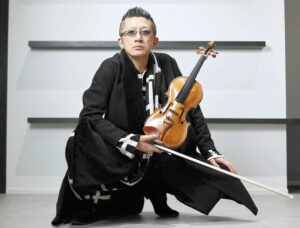



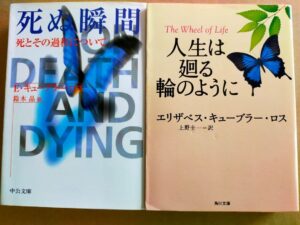



コメント